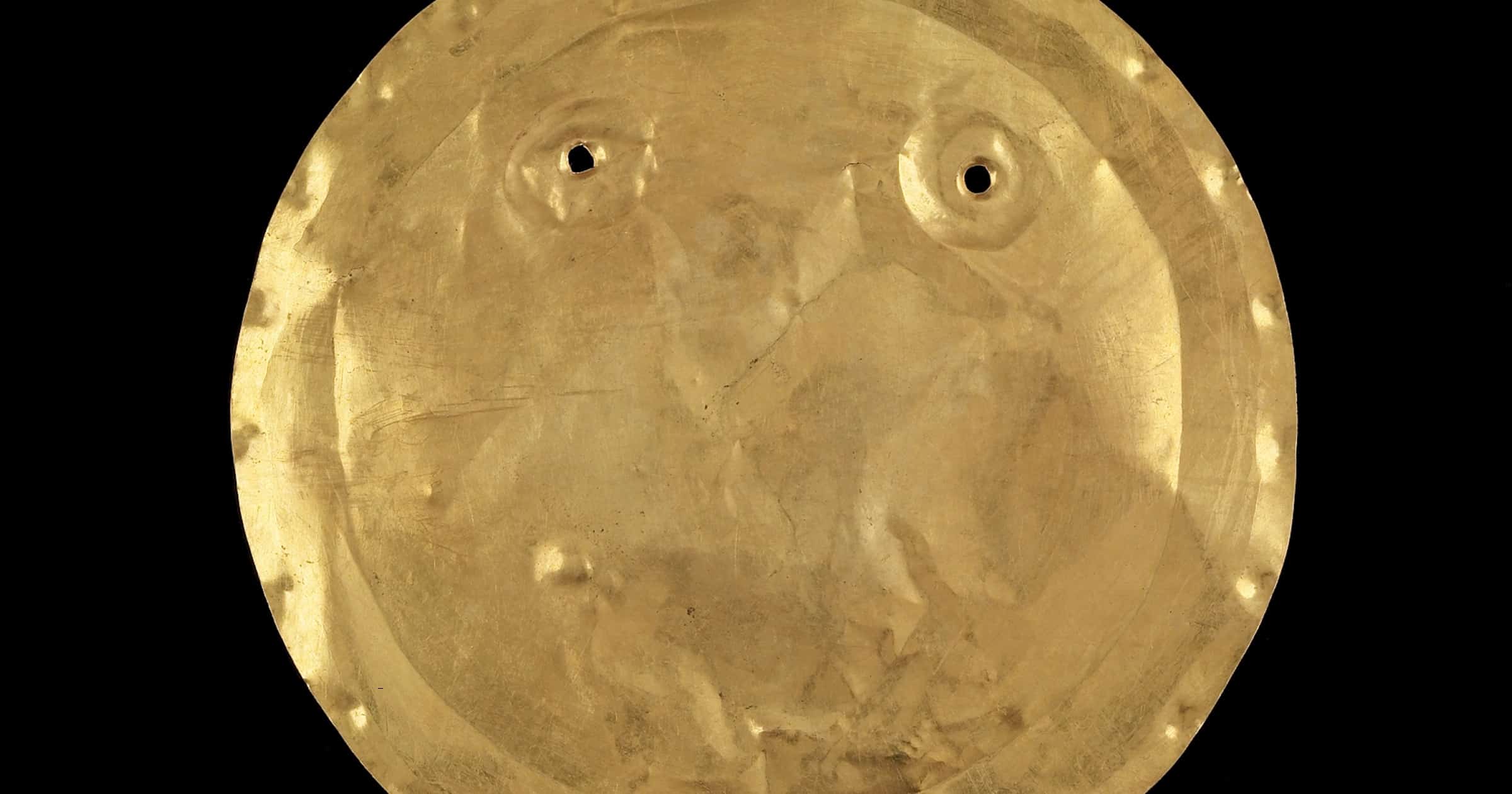 Intelligent Design
Intelligent Design
 Physics, Earth & Space
Physics, Earth & Space
Metals: From Stars to Cells

The story of metals and their utilization by humans reveals substantial fine-tuning, involving features of planet Earth that are complementary with human cognitive and physical abilities. The significance of metal usage for humanity is such that eras of human history beyond the Stone Age are commonly demarcated by the prevailing usage of certain types of metals. Copper, bronze, iron, and other metals and alloys have profoundly influenced cultures, artistry, economies, trade, warfare, and inventions leading to our modern technological societies.
Skill and Ingenuity
All of these profound influences on civilization are of course dependent upon the availability of native metals and metallic ores within the Earth’s crust and their accessibility being compatible with human endeavors. In addition, human skill and ingenuity needed to be sufficient to imagine the potential usefulness of metals and to physically be able to fashion them to those ends.
Tracing metals back to their ultimate origins, the processes of stellar nucleosynthesis come into focus. Since many metals have an atomic weight greater than that of iron, which is the heaviest element produced in the main sequence fusion furnace in the cores of massive stars, the formation of these metals is dependent upon the excess energy and neutrons released in turbulent supernova explosions climaxing the existence of these stars.
Gold, as well as silver, platinum, thorium, and uranium, has traditionally been thought to form in the process of rapid neutron capture during a supernova, but more recently, it has been noted that gold could also form in binary neutron star mergers.
It’s remarkable to consider that numerous metallic elements, useful and sometimes even necessary for human life, would have to make their way from the cores of massive stars, ejected into interstellar space by supernovae, then gravitationally coalesce into the stellar nebula of a nascent star system, condense within the orbital region corresponding to the habitable zone of the star, and finally become accreted together as part of the planet we call Earth.
A Confluence of Conditions
The confluence of conditions required for the successful integration of metals into humanity’s world included additional processes beyond their cosmic origin. A process such as meteoric bombardment, triggered by planetary resonances between the orbits of Jupiter and Saturn, was necessary to enrich Earth’s crust with metals after the planetary formation era, when denser materials would have sunk to inaccessible depths through the molten Earth towards its core.
Beyond the presence of metals on the Earth’s crust, further chemical transformation was necessary to increase the accessibility of metal ores and to decrease the toxicity of soluble metal compounds for more advanced life. The metabolic activity of specific bacteria brought about much of this change over a billion years of early Earth history.
…billions of years of sulfate-reducing bacteria processed soluble metal minerals that would have poisoned later advanced life, transforming them mostly into concentrated deposits of insoluble metal minerals. These deposits made possible the metallurgy that helped propel humanity’s leap from the Stone Age into civilization.1
The Role of Bacteria
Researchers have noted that bacteria likely played a role in the formation of major iron deposits comprising currently accessible iron ore.
Prokaryote-like fossils in 3.8 Ga Precambrian Fe formations, however, suggest that early microbial life may have played a significant role in the formation of these deposits by facilitating Fe and Si precipitation from seawater.2
Recently discovered geological processes, dependent upon “just right” conditions at the crust-mantel boundary of the Earth, also contributed to the accessibility of crucial metals for advanced manufacturing in the current age of our civilization.
Scientists have identified a mechanism through which important metals, crucial to the manufacturing of renewable energy technologies, are passed from the Earth’s mantle to the crust.
The team, including researchers from Cardiff University, has discovered a ‘Goldilocks zone’ at the base of the Earth’s crust where the [temperature] is just right at around 1000°C for metals to be transported to shallower levels near the surface, where they can be mined. The metals in question — most notably copper, cobalt, tellurium and platinum — are highly-sought after due to their use in electrical wiring and technologies such as battery storage devices, solar panels and fuel cells.
In the new study, the team identified a temperature dependent zone, located at the base of the Earth’s crust, which acts like a valve and intermittently allows the metals to pass upwards to reach the upper crust. ‘As with Goldilocks, we have discovered that if the temperature is ‘just right’ at around 1000°C, then metals like copper, gold and tellurium can escape the trap and rise up towards the surface to form ore deposits.’
Good Foresight
The Earth has provided us untold riches in its abundance of metals, not only in traditionally sought-after sources of wealth, such as gold and silver, but in numerous other metals, both prosaic and exotic, upon which our civilization has grown. And yet, ongoing studies into the origin and accessibility of these metals reveals more design than “dumb luck.” Given the multi-billion-year time scale for the processes required to furnish the metals needed for life and human flourishing, wisdom would suggest that our “good fortune” would more accurately be described as good foresight.
Notes
- Hugh Ross, Improbable Planet: How Earth Became Humanity’s Home (Grand Rapids, MI: Baker Books, 2016), p. 168.
- S.S. Brake, S.T. Hasiotis, H.K. Dannelly, K.A. Connors, “Eukaryotic stromatolite builders in acid mine drainage: Implications for Precambrian iron formations and oxygenation of the atmosphere?,” Geology (2002) 30 (7): pp. 599–602.
